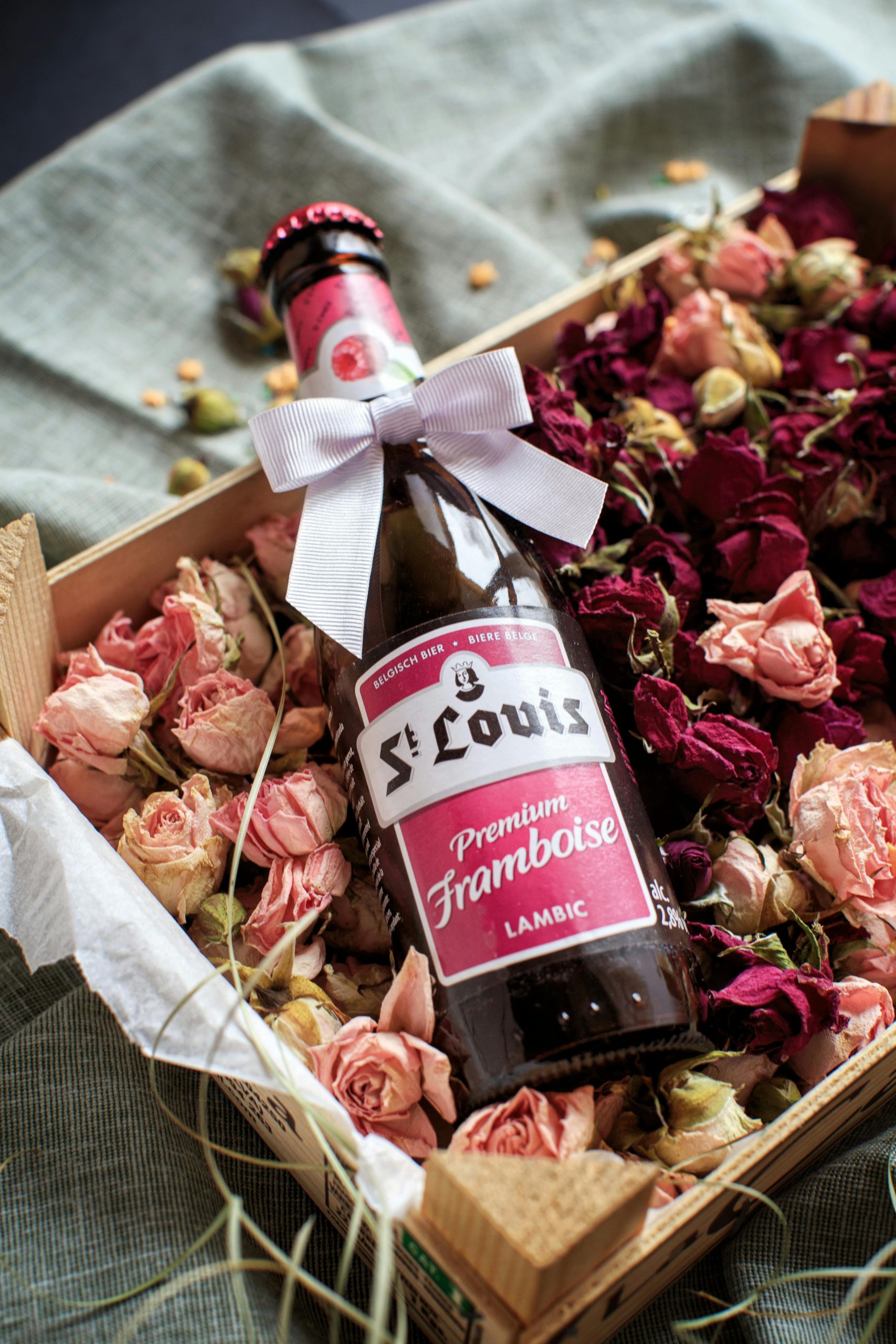Your cart is currently empty!

Steven Coulson
Steven has been drinking beers, wines and spirits for decades and has a propensity to go about them at length after a few drinks.
Latest Posts
- My wife found out our favorite Gin for martinis was discontinued. I think we are good for a while…

- Oregon Road Trip: Freeland Spirits Garden Botanicals Gin

- Botanist with Trader Joe’s Lemon and Elderflower Soda

- I’m one of the worlds leading buyers of craft gin in the world and a international spirit judge AMA

- I’m blown away…. By how let down I am by this Gin.

Categories
Tags
Social Links

Bridging the Gap: How to Explain the Difference Between Beer and Craft Beer
Navigating conversations about beer can sometimes feel like walking a tightrope, especially when discussing the distinct world of craft beer with friends who may not share the same enthusiasm. If you’ve ever found yourself in a situation where your friends casually refer to grabbing “a beer” while reaching for a generic thirty-pack, you’re not alone. Here’s a thoughtful approach to help explain the nuances without coming off as pretentious.
Understanding the Distinction
First and foremost, it’s essential to address the difference between standard beer and its craft counterpart in a relatable manner. Craft beer is characterized by its unique flavors, creativity, and attention to quality, often produced by small, independent breweries. On the other hand, mass-produced beers are typically more about quantity and consistency, often lacking the depth of flavor that makes craft beer special.
Start with Flavor
One way to break the ice is to connect on the fundamental level of taste. Instead of launching into a detailed explanation about hops and brewing techniques, try inviting your friends to think about flavors. You could say something like, “Have you ever noticed how different a rich stout tastes compared to a light lager?” Highlighting these differences can pique their interest without sounding like a lecture.
Introduce Tasting Experiences
Consider organizing a casual tasting session where everyone can experiment with a variety of beers. This hands-on approach allows your friends to explore different flavors and aromas in a relaxed setting. You might frame it as a fun group activity rather than an educational moment – “Let’s sample a few unique beers this weekend and see which ones we enjoy the most.”
Use Everyday Language
When discussing the topic, it’s vital to use everyday language and avoid industry jargon. Instead of diving into technical terms, focus on relatable descriptions. For example, saying “This beer has a citrusy flavor that reminds me of summer” can be more enticing than talking about the specific hops involved.
Respect Their Preferences
Finally, remember that everyone has different tastes. While it might be tempting to cringe at a friend’s go-to choice of a light lager, respecting their preferences can go a long way. It’s perfectly fine to appreciate and enjoy craft beer without diminishing the choices of those who prefer more traditional options.
Conclusion
In sum, bridging the gap between casual and craft beer enthusiasts takes a mix of patience, creativity, and understanding. By focusing on flavors, creating enjoyable tasting experiences,
